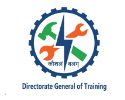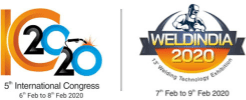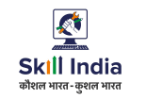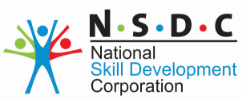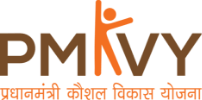virtual reality in pharmaceutical & Healthcare Industry
Get Complete Virtual Reality & Augmented Reality Pharmacy Training Solutions. Invest in our Virtual Reality, Augmented Reality, and Mixed Reality Technology to bring up your training and execution to an international standard with us.






Skill Development and Digitization
With our VR AR training and simulations, you can ensure a highly specialized and result-oriented production process. Work with us to create better standards in your workforce, and take your employee efficiency to the next level.
Futuristic AR, VR, MR Simulations
Use our tools to develop cutting-edge skill development and transform your training processes. We offer effortless and immersive learning experiences for all your production needs.

Industry 4.0 Technology & Solutions
Simbott’s Skill Development integrated with Industry To give you a comprehensive view of all your training programs, tests, and evaluations. Improve workforce performance to reach the Industry 4.0 Standards
Skills Development & Training in Virtual Reality, Mixed Reality & Augmented Reality for Pharmaceuticals & Medicines
Take your work to the next level by partnering with Simbott to achieve top-quality Training and Skill Development in the Medicine and Pharmaceutical industry. We offer a wide range of AR, VR, MR Simulations and Industry 4.0 Solutions to transform your work into a seamless and flawless endeavour. Eliminate human error and defects by setting new standards of quality and training using our tools. Enhance the skill levels of all your workers, from engineers to technicians – we bring you the best platforms to Empower your Workforce to set new standards of excellence in the industry.
Monitoring Manufacturing and Quality Standards
- Use innovative VR Equipment to study the structure of biological entities like plants to see how their layout works and if restructuring or modification is possible to develop a formula
- Simulate rigorous clinical trials and procedures to see the effects of the drug as a pre-test before conducting officially authorized tests
- Oversee your entire operation remotely using VR technology by giving inputs where necessary during meetings to help us at Simbott understand exactly what you want. Develop your drug in real-time, in collaboration with us to help re-engineer the product at any point as required
- Enjoy the benefits of receiving your results sooner than expected with our process optimization, guaranteeing that your operation is conducted as efficiently as possible.
- Experience maintenance and operational tasks being executed with utmost safety as there is no physical risk present at all.
- Make sure the employees are equipped with a complete suite of operational skills for effective execution of Standard Operating Procedures by training them using VR technologies from Simbott.
The use of AR in the pharmaceutical industry simplifies complex medical device operations
- Upgrade the process by accumulating the data and processing it in a 3-D VR environment for visualization
- Continue product development in this new environment, as experiencing overlaid data in this environment helps in making well-informed decisions.
- The product enables the creation of an entirely new environment that is a result of processing data in a way that it can be represented in 3-D, allowing for a completely new development experience.
- It provides an entirely new perspective on how to view a problem and potentially is a far more efficient and effective way of coming up with a solution while also being safer.
- Implementation of a Factory Digital Twin provides real-time updates, putting each operation under the microscope of the user while also immediately highlighting any errors or problems that come up.
- Allow for immediate problem detection and solution with the Factory Digital Twin created using Simbott technology. Troubleshoot the entire operation at any time with ease.
Medicine Studies, Research, and Development
- Implement futuristic technology to conduct R&D programs that act as a window to viewing and understanding problems differently, while also making the procedure of coming up with a solution logical.
- View the behavior of biological entities and observe how they react to different stimuli in a three-dimensional virtual reality environment.
- Provide training to healthcare workers on how to inject the subject with the developed drug, how to run blood tests, and so on.
- Reduce the number of cuts/incisions made, reduce failures and errors that have occurred, and most importantly reduce the number of live specimens that are being used.
- Have real-time collaborations with multiple developers on how the drug reacts in different environments and its behavior towards different stimuli
- Effectively reduce the number of living test specimens by conducting clinical drug trials virtually beforehand and simulating different outcomes, thereby also saving lives.
Business Development and Marketing with AR in Pharma
- Vaccine behaviour can be virtually presented to clients for understanding their action on the affected area.
- Make client presentations immersive and unique using Simbott Technology
- With VR tech, pitch the customers the entire manufacturing procedure
- Also keep the customers in the loop during the manufacturing procedure by giving them access to the Immersive Digital Twin of the facility.
- Develop an algorithm on the basis of data analytics and machine learning integrated into VR technology, and predict the behavior of the drug in the marketplace.
- With VR, you can use innovative new marketing techniques and also manage to decrease the advertising budget.
Trust Simbott
At Simbott, we believe in the power of connection and harmony. An organisation that works well together, stays ahead.
Unstoppable RnD efforts
At Simbott, we never stop working at better solutions to constantly improve and upgrade your organization. Get access to all the data and information that you need to bridge the gap between your idea and the marketplace. Finetune your expertise to better your engineering, design, and performance processes.

5G - The Accelerator-In-Chief
Transform your training by giving wireless access and connectivity to all your workers using 5G, AR, Digital Twin Simulations, and much more. Step into the next era of skill development with high-tech solutions configured with remote control, all at your fingertips.
Envision The Future of Training
Infuse your training simulations with the Simbott promise of accuracy and efficiency. Let’s take the big leap towards hosting training for all parts of your workforce virtually, to create immersive and experiential learning programmes
Sharp Analytics Tools
Dive into data-driven understandings of the skill levels of your workers. Engage with data and information in an interactive manner to better your grasp on all parts of the manufacturing process.

Round-the-clock Service
With Simbott, you have access to 24/7 customer care for any and all of your problems. Talk to us to make your workflows smooth and accessible.

Let’s create tomorrow
We don’t want to create products that fit neatly into the status quo - we want to create tomorrow. Bold, innovative, and accessible is our goal for the future of the trades’ industry.
Gear up for the Industry 4.0 Skill Digitization and Development.
Invest in upgrading critical skills and talent with Immersive VR, AR, MR Training to build a smart organization. Click here for more Case Studies and Smart Solutions with Simbott
5 Benefits of using Augmented Reality & virtual reality in pharmaceutical
- 1. Increased Engagement:
One of the primary benefits of augmented reality and virtual reality in the pharma industry is increased engagement.
Patients are often more engaged with treatments that are interactive and immersive and augmented reality, and virtual reality can provide this type of experience.
Additionally, these technologies can be used to educate patients about their condition and the treatments available to them
- 2. Improved Adherence:
Another benefit of augmented reality and virtual reality in the pharma industry is improved adherence.
Adherence refers to how well a patient sticks to their treatment plan. Poor adherence is a major problem in the pharma industry, as it can lead to treatment failure and disease progression.
Augmented reality and virtual reality can help to improve adherence by making treatments more engaging and enjoyable for patients.
- 3. Enhanced Communication:
Augmented reality and virtual reality can also enhance communication between pharmaceutical companies and healthcare providers.
These technologies can be used to create immersive training experiences for healthcare providers, which can help them to better understand new products and treatments.
Additionally, augmented reality and virtual reality can be used by pharmaceutical companies to pitch new products to healthcare providers in a more engaging way.
- 4. Reduced Costs:
Another benefit of augmented reality and virtual reality in the pharma industry is reduced costs.
These technologies can help to reduce the need for physical clinical trials, as they can be used to test new products and treatments in a simulated environment.
Additionally, augmented reality and virtual reality can help to reduce the need for travel by allowing pharmaceutical representatives to meet with healthcare providers virtually.
- 5. Increased Sales:
Finally, augmented reality and virtual reality can also help to increase sales for pharmaceutical companies.
These technologies can be used to create immersive marketing experiences that allow potential customers to learn about new products in a fun and engaging way.
Additionally, augmented reality and virtual reality can be used to create customized sales experiences that are tailored to each individual customer’s needs.
Applications of virtual reality in pharmaceutical industry
Equipment maintenance:
AR can provide real-time guidance for equipment maintenance and repair tasks, allowing technicians to quickly identify and fix issues.Assembly and production:
AR can assist in the assembly and production of pharmaceutical products by providing visual guidance and feedback to operators.Training:
AR can be used for training purposes, allowing operators to learn and practice pharmaceutical manufacturing processes in a safe and controlled environment.
By using AR in pharma manufacturing, companies can improve efficiency, reduce errors, and ensure compliance with regulatory requirements, ultimately resulting in higher-quality products and improved patient safety.
FAQs of AR & VR In pharmaceutical industry
What is augmented reality in pharma manufacturing?
Augmented reality in pharma manufacturing refers to the use of augmented reality (AR) technology to improve the efficiency and accuracy of pharmaceutical manufacturing processes.
AR can enhance the visualization and manipulation of pharmaceutical components and equipment, allowing operators to see and interact with virtual objects in the real world.
How is virtual reality used in medicine?
Virtual reality is increasingly being used in medicine, from training surgeons to helping patients cope with pain. VR can provide a realistic simulation of surgical procedures, allowing doctors to practice and perfect their techniques.
VR can also be used to help people who are dealing with pain or other medical conditions. For example, VR can be used to help people with phantom limb pain by providing a distraction from the pain.
VR can also be used to help people with post-traumatic stress disorder by providing exposure therapy. By providing immersive and realistic simulations, VR has the potential to transform the practice of medicine.
How are ar and VR used in the healthcare industry?
Augmented reality (AR) and virtual reality (VR) are being used in a variety of ways in the healthcare industry. Medical students are using VR to gain experience in surgeries, and doctors are using AR to view patient data during procedures.
Nurses are using AR to access patient records at the bedside, and patients are using VR to distract themselves from pain during treatments.
In addition, hospitals are using VR to provide tours for potential patients, and pharmaceutical companies are using AR to promote their products.
VR and AR are also being used in rehabilitation, with patients using VR to practice activities and therapists using AR to view progress. The possibilities for VR and AR in healthcare are virtually limitless, and the technology is already having a major impact on the industry.
How is VR Used in surgery?
VR is being used in surgery to provide doctors with a realistic view of the body and to allow them to practice procedures before performing them on patients.
For example, surgeons can use VR to explore a patient’s anatomy and plan their approach to a procedure.
VR can also be used to simulate operations, giving surgeons the opportunity to try out new techniques or explore different approaches.
In addition, VR is being used to train medical students, providing them with an immersive experience that can help them better understand the human body and the procedures they will be performing.
As VR technology continues to evolve, it is likely that its use in surgery will become more widespread, making surgery safer and more efficient.
How is XR being used in medicine?
XR (Extended Reality) technology is revolutionizing the field of medicine. By Immersing doctors and patients in realistic, three-dimensional simulations, XR is providing new opportunities for education, training, and treatment.
For example, medical students can use XR to gain experience with complex procedures without risk to patients.
Surgeons can use XR to plan and rehearse delicate operations. And patients can use XR to better understand their conditions and what to expect from their treatments.
XR is also being used to create “virtual reality” exposure therapy for conditions like PTSD. As technology continues to evolve, it is likely that XR will have an increasingly important role in medicine.
What is extended medical reality?
Medical extended reality (XR) is a growing field that encompasses a range of technologies used to create immersive, interactive experiences for healthcare and medical training.
These experiences can be used to improve patient outcomes, train clinicians, and conduct research.
XR technologies include virtual reality (VR), augmented reality (AR), mixed reality (MR), and extended reality (XR). VR is a completely immersive experience in which users can interact with artificial environments. AR overlays digital information in the real world, allowing users to view both simultaneously.
MR combines elements of both VR and AR to create an interactive experience that is anchored in the physical world. XR is a broader term that includes all of these technologies.
Medical XR applications are being developed for a wide range of uses, including surgical training, pain management, rehabilitation, mental health care, and patient education.
VR simulations can provide a safe environment for surgeons to practice procedures and hone their skills.

